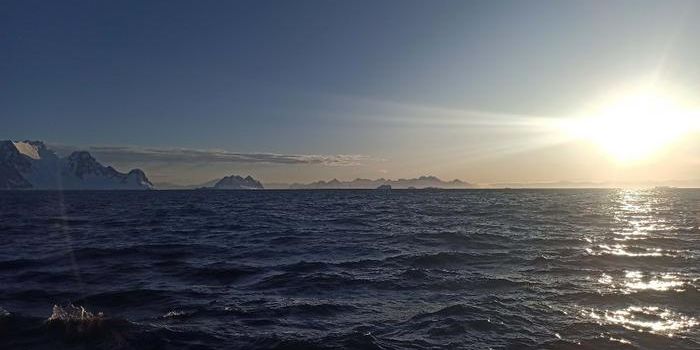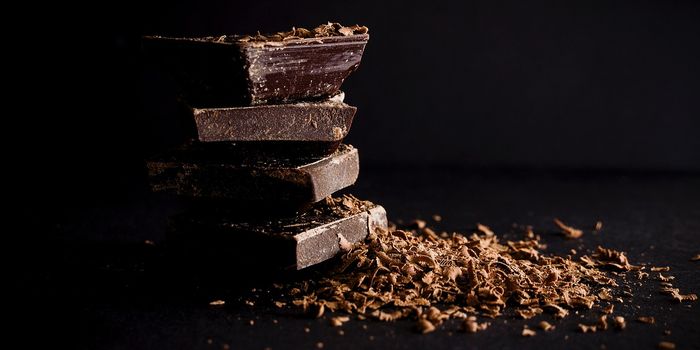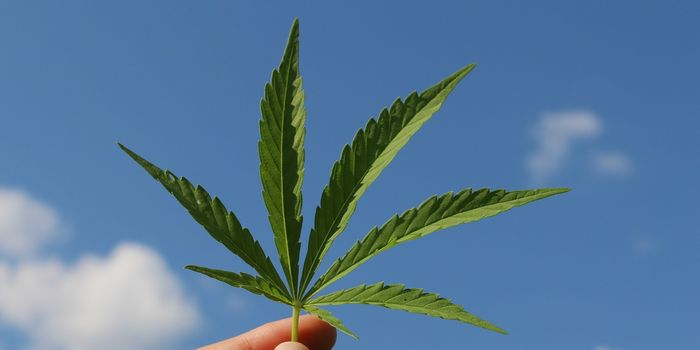The Great Barrier Reef is Disappearing, and Here's Why
Most people think of the Great Barrier Reef as a single, massive coral reef off the coast of Australia, but it isn’t. Instead, this beautiful underwater bouquet is comprised of a collection of smaller coral reef clusters, and for those who’ve never seen it in person, it’s truly a sight to behold.
The Great Barrier Reef is more than just a pretty sight; it also serves a functional purpose for the ocean by supporting a diverse ecosystem of fish and marine animals that depend on the reef’s seemingly endless entanglements to evade predation by larger fish.
Regrettably, despite the Great Barrier Reef’s importance to the marine ecosystem, scientists suggest that it might not be around for long. Rising ocean temperatures are purportedly exacerbating a destructive process known to science as coral bleaching, which as the name suggests, results in a dead and white coral reef.
As the ocean warms up, the corals expel their colorful symbiotic algae into the surrounding waters. This is bad because the algae provide corals with vital nutrients, and without them, the corals starve and lose their color as they fade away. Perhaps unsurprisingly, this isn’t good for the surrounding ecosystem either.
Bleaching events used to be somewhat infrequent, but soon after the 1980s, they became a lot more common. One bleaching event in particular, which transpired in 2017, inflicted severe damage to the Great Barrier Reef, and scientists still aren’t sure if it will ever fully recover.
As ocean temperatures continue to soar, scientists predict that the Great Barrier Reef as we know it could case to exist by 2050. Not only is this alarming to environmentalists, but to make matters worse, experts aren’t entirely sure if we can stop this from happening.








